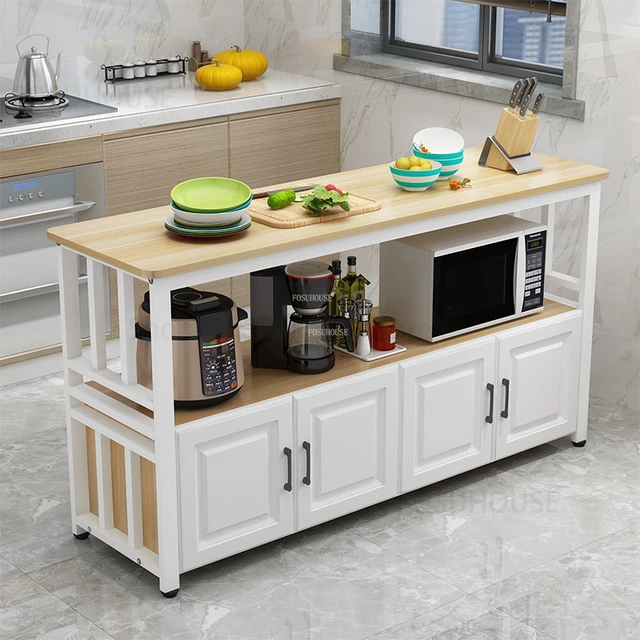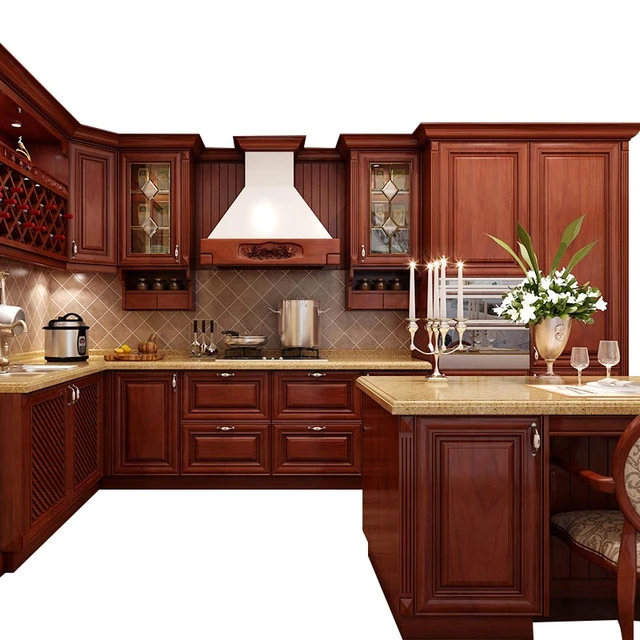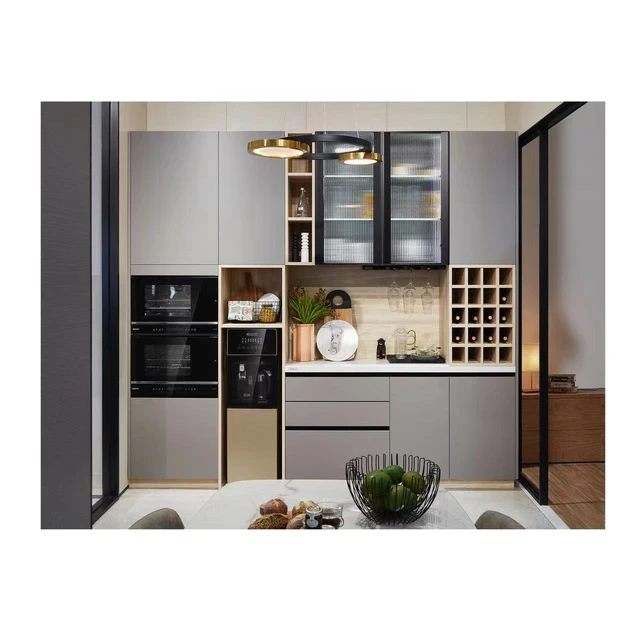 Introduction:
Introduction:
The decision of whether or not to extend kitchen cabinets to the ceiling is one that many homeowners grapple with during kitchen renovations or remodels. In this comprehensive guide, we will explore the benefits and considerations of having kitchen cabinets that go to the ceiling. By understanding the pros and cons, you can make an informed decision that suits your personal style and functional needs.
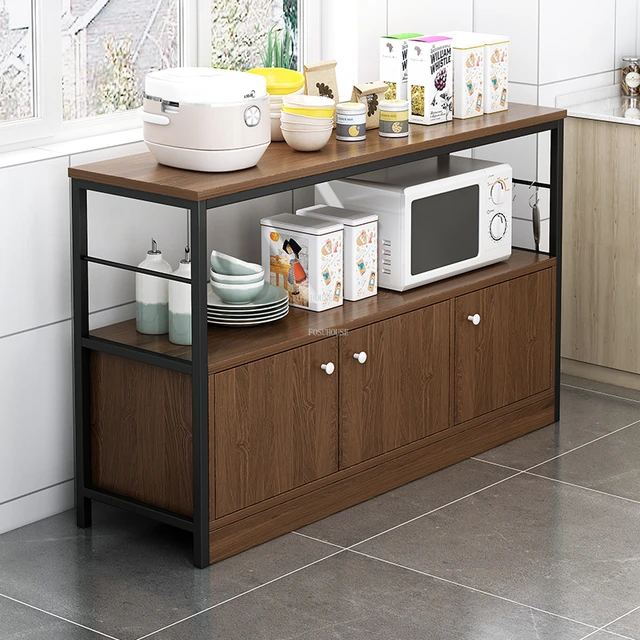 Introduction to Extending Kitchen Cabinets to the Ceiling
Introduction to Extending Kitchen Cabinets to the Ceiling
Extending kitchen cabinets to the ceiling involves installing cabinetry that reaches all the way up to the ceiling.
A. Visual Appeal: Extending cabinets to the ceiling creates a seamless and polished appearance, enhancing the overall aesthetic appeal of the kitchen.
B. Storage Capacity: Utilizing the space above cabinets maximizes storage capacity and minimizes dust accumulation on open surfaces.
Benefits of Extending Kitchen Cabinets to the Ceiling
Extending cabinets to the ceiling offers several practical and aesthetic benefits for your kitchen.
A. Increased Storage Space: Additional cabinetry provides extra storage, ideal for seldom-used items or seasonal kitchenware.
B. Clean and Clutter-Free Look: Floor-to-ceiling cabinets create a streamlined and organized appearance, eliminating space for dust or debris accumulation.
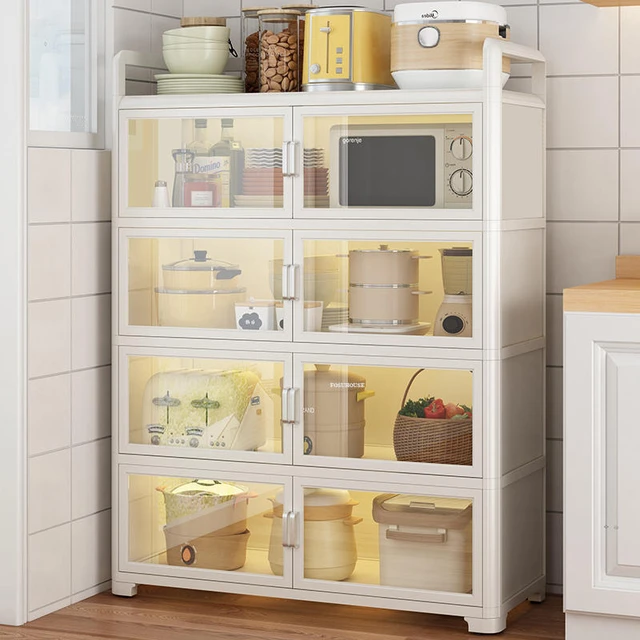 Considerations When Extending Cabinets to the Ceiling
Considerations When Extending Cabinets to the Ceiling
While extending cabinets to the ceiling provides advantages, there are important factors to consider before making the decision.
A. Accessibility: Higher cabinets may require a step stool or ladder for accessing items stored at the top, which can be inconvenient for daily use.
B. Aesthetics and Space Perception: Ceiling-height cabinets can make a kitchen feel visually enclosed, particularly in smaller or low-ceilinged spaces.
Design Strategies for Kitchen Cabinets to the Ceiling
When opting for cabinets that go to the ceiling, consider implementing design strategies to achieve a harmonious and balanced look.
A. Open Shelving: Incorporating open shelves above the upper cabinets can create visual interest and break up the height, avoiding a monotonous appearance.
B. Glass Front Cabinets: Using glass fronts for some upper cabinets can provide a sense of openness and display stylish kitchenware or decorative items.
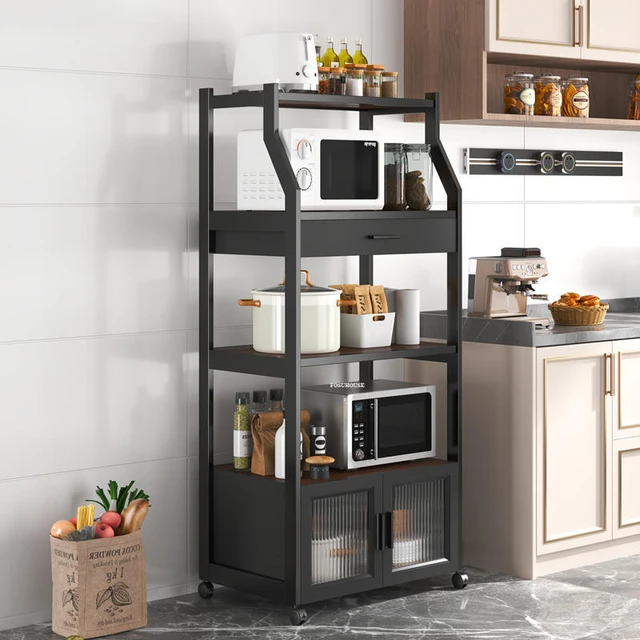 Cabinet Types and Styles
Cabinet Types and Styles
Different cabinet types and styles can influence the decision of whether to extend them to the ceiling.
A. Decorative Molding: Installing crown molding at the top of cabinets that reach the ceiling adds sophistication and elegance.
B. Contemporary Design: In modern kitchens, sleek and simple cabinet styles that do not reach the ceiling can enhance the clean and minimalist aesthetic.
Cost Considerations
Extending cabinets to the ceiling may involve additional costs compared to standard cabinets.
A. Installation: Ceiling-height cabinetry may require professional installation or extra effort to ensure stability and secure attachment.
B. Customization: Custom-made cabinets are often necessary to fit the precise measurements of the space between the upper cabinets and ceiling.
Cleaning and Maintenance
Cleaning and maintaining cabinets that extend to the ceiling require additional effort and attention.
A. Ladder or Step Stool: Reachable surfaces and top shelves need regular cleaning, which may require a step stool or ladder for accessibility.
B. Decorative Items and Dust: Decorative items displayed on upper cabinets or open shelves should be regularly removed and cleaned to prevent dust build-up.
Personal Preferences and Functional Needs
Ultimately, the decision to extend cabinets to the ceiling depends on personal preferences and the specific functional needs of your kitchen.
A. Space Utilization: Consider whether additional storage space or the aesthetic appeal of taller cabinets is more important in your kitchen.
B. Kitchen Height and Design: Factors such as ceiling height, kitchen size, and overall design style influence the decision.
Some common types of kitchen cabinets:
There are various types of kitchen cabinets available, each with its own design and functionality. Here are some common types of kitchen cabinets:
Base Cabinets:
These cabinets are installed on the floor and provide the foundation for the kitchen. They typically have a countertop on top and are used to store larger items like pots, pans, and small appliances. Base cabinets often include drawers and shelves for organized storage.
Wall Cabinets:
Wall cabinets are installed on the walls above the countertops and provide additional storage space. They are typically used to store dishes, glassware, and pantry items. Wall cabinets come in various sizes and configurations, with options that feature glass doors to showcase collectibles or decorative items.
Tall Cabinets:
Tall cabinets, also known as pantry cabinets or utility cabinets, are floor-to-ceiling cabinets that offer ample storage space. They are ideal for storing items like pantry goods, brooms, cleaning supplies, and large kitchen appliances. Tall cabinets often have adjustable shelves to accommodate different-sized items.
Corner Cabinets:
Corner cabinets are designed to maximize the use of corner spaces in the kitchen. They are available in various configurations, such as corner base cabinets or corner wall cabinets. Corner cabinets typically feature rotating shelves or pull-out drawers to easily access items stored in the corners.
Specialty Cabinets:
Specialty cabinets are designed to meet specific storage needs and can be customized to fit unique spaces. Examples include spice racks, wine racks, tray dividers, and vertical storage solutions. These cabinets help optimize organization and functionality in the kitchen.
When it comes to the placement of kitchen cabinets, here are some common areas where they are typically placed:
Above the Countertops:
Wall cabinets are commonly installed above the countertops to provide easily accessible storage for frequently used items and to keep the workspace organized.
Along the Kitchen Walls:
Base cabinets and tall cabinets are typically positioned along the kitchen walls. They span the length of the kitchen to maximize storage space and create a cohesive look.
Around the Sink:
Base cabinets are often placed around the sink area to provide easy access to cleaning supplies and related items.
In the Kitchen Island:
Base cabinets or custom-designed cabinets are commonly included in kitchen islands for additional storage space. These cabinets can accommodate items like pots, pans, and baking sheets.
Around Appliances:
Cabinets are often placed near appliances like refrigerators, ovens, and dishwashers to offer convenient storage for items related to these appliances.
The placement of kitchen cabinets can be customized based on individual preferences, kitchen layout, and function. It is essential to carefully plan the placement of cabinets to optimize storage and create a functional and aesthetically pleasing kitchen design.
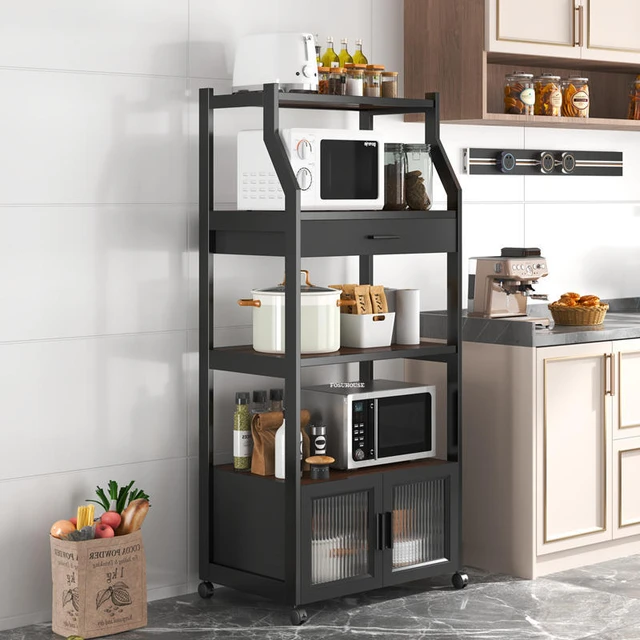 Conclusion
Conclusion
Extending kitchen cabinets to the ceiling offers both practical benefits and design considerations. While it maximizes storage space and creates a clean and visually appealing look, accessibility and the potential for a visually cramped space should be taken into account. By carefully evaluating your personal preferences, functional requirements, and considering design strategies, you can decide whether or not extending your kitchen cabinets to the ceiling is the right choice for your kitchen.
